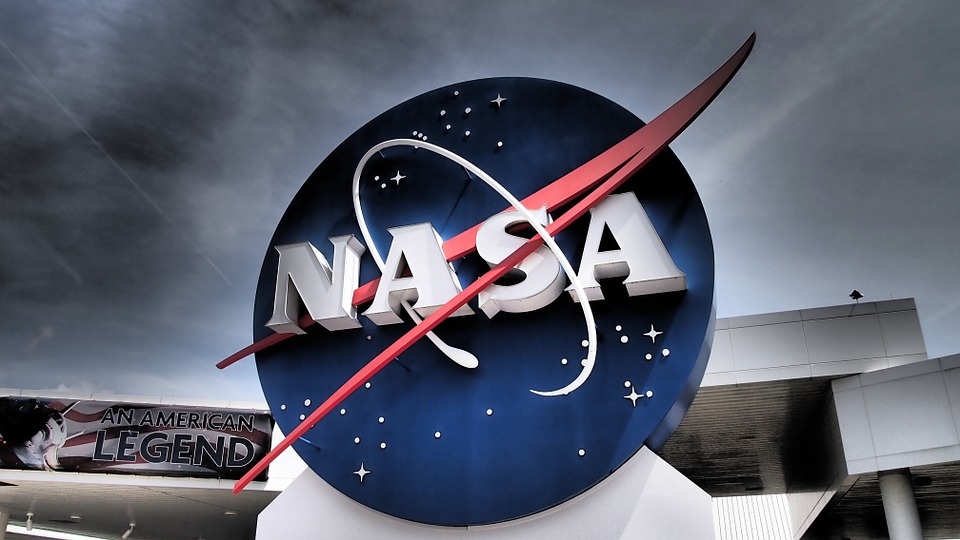Proof of water for future explorers: New images from NASA show “underground ice cliffs” on Mars
01/20/2018 / By David Williams

It has been known for quite some time now that Mars is full of water. Regardless of whether or not there is actually flowing water on the so-called red planet’s surface, scientists from the National Aeronautics Space Agency (NASA) have long confirmed that water is indeed present on the planet. Most of it is in the form of ice, and now in a new paper, it has been revealed that there are potentially massive “underground ice cliffs” lying deep beneath the planet’s surface.
In a new paper titled “Exposed subsurface ice sheets in the Martian mid-latitudes,” scientists have detailed a new discovery of so-called water ice cliffs, most of which are currently sublimating due to exposure to the planet’s atmosphere. According to a quick description, the cliffs are “composed mostly of water ice,” with ice sheets that “extend from just below the surface to a depth of 100 meters or more.”
The discovery of these ice cliffs has now triggered widespread speculation about what it could mean for the future of Mars exploration. According to one expert who worked on the paper that details the discovery, it could lead to great new leaps in research regarding the search for life on the neighboring planet.
According to Shane Byrne, an assistant professor from the University of Arizona Lunar and Planetary Laboratory and co-author on the study, the water that can be extracted from the ice cliffs that were only just discovered could lead to a steady source of water for the humans that would eventually explore Mars.
“Humans need water wherever they go, and it’s very heavy to carry with you,” said Byrne. “Previous ideas for extracting human-usable water from Mars were to pull it from the very dry atmosphere or to break down water-containing rocks. Here we have what we think is almost pure ice water buried just below the surface.”
The next step that needs to be done is essentially to just collect the water from under the Martian planet’s surface. And based on the composition as well as the location of the water ice cliffs on Mars, one could very well do it with nothing more than just a shovel and a bucket.
Byrne notes that “a high-tech solution” wouldn’t be necessary for the extraction. “You can go out with a bucket and shovel and just collect as much water as you need. I think it’s sort of a game-changer,” he said.
Based on data gathered from the Mars Reconnaissance Orbiter (MRO) and its Compact Reconnaissance Imaging Spectrometer for Mars (CRISM), the material in the Martian areas referred to as ice cliffs is indeed frozen water. And according to the Thermal Emission Imaging System (THEMIS) camera onboard the Mars Odyssey orbiting spacecraft, the surface temperature confirms that the scientists weren’t just seeing thin front on the ground.
According to MRO Deputy Project Scientist Leslie Tamppari of NASA’s Jet Propulsion Laboratory (JPL) in Pasadena, California, water samples from the ice cliffs could likely serve as the key to detailed information on Martian climate in the past. “If you had a mission at one of these sites, sampling the layers going down the scarp, you could get a detailed climate history of Mars,” she said.
There’s no telling exactly what NASA will reveal next about Mars following this new discovery, but with every new find, scientists are surely inching closer and closer to finding and eventually revealing signs of life outside of Earth. That will surely be a sight to behold.
Explore more news about Mars and other planets at Space.news.
Sources include:
Tagged Under: future science, ice cliffs, Life on Mars, Mars, Mars ice, NASA, Space, space exploration, water ice




















